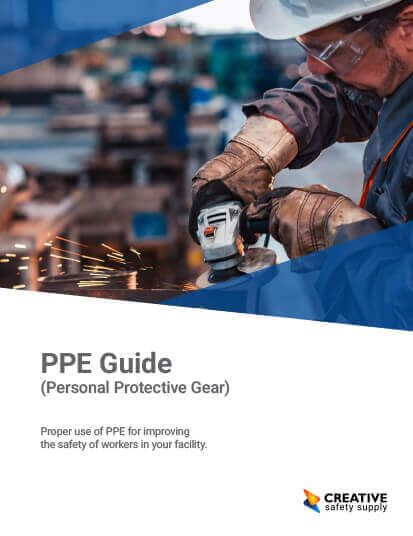
ANSI/ASA S12.6-2016 is a set of information and standards that are put out to specify how to measure the noise-reducing capacity that a given hearing protection device can accomplish. Hearing protection is required in many different situations, especially in the workplace. Making sure that your employees have hearing protection that is sufficient for the level of noise that is present in the area is critical for their overall safety.
OSHA has a variety of regulations in place when it comes to noise in the workplace. While many people don’t look at simple noise as a workplace hazard, that is not the case. In fact, hearing damage (which can include chronic ringing in the ears) is one of the most common forms of workplace injuries that people experience. It can cause lifelong problems, which is why OSHA and other agencies take it so seriously.
To keep people’s hearing safe, there have been many different types of protective devices developed over the years. These include simple earplugs, earmuffs, and many others. There are even hearing protection devices that work by blocking the noise from the outside and then replaying it at a lower volume using speakers so that employees can still hear what is going on, but at a safe volume.
Manufacturers of all types of hearing protection devices need to make sure that they follow the ANSI/ASA S12.6-2016 standards. These standards took the place of ANSI S3.19 and are the current best practice that is followed throughout the country and in most of the world.
To be approved under these standards, the hearing devices must follow the specific instructions for measuring the noise-reduction capacity. These instructions help to ensure that the measurements are authentic and do not only apply in lab scenarios. Companies that purchase hearing protection devices that are tested under ANSI/ASA S12.6-2016 standards can be confident that their teams are getting the hearing protection they need.


